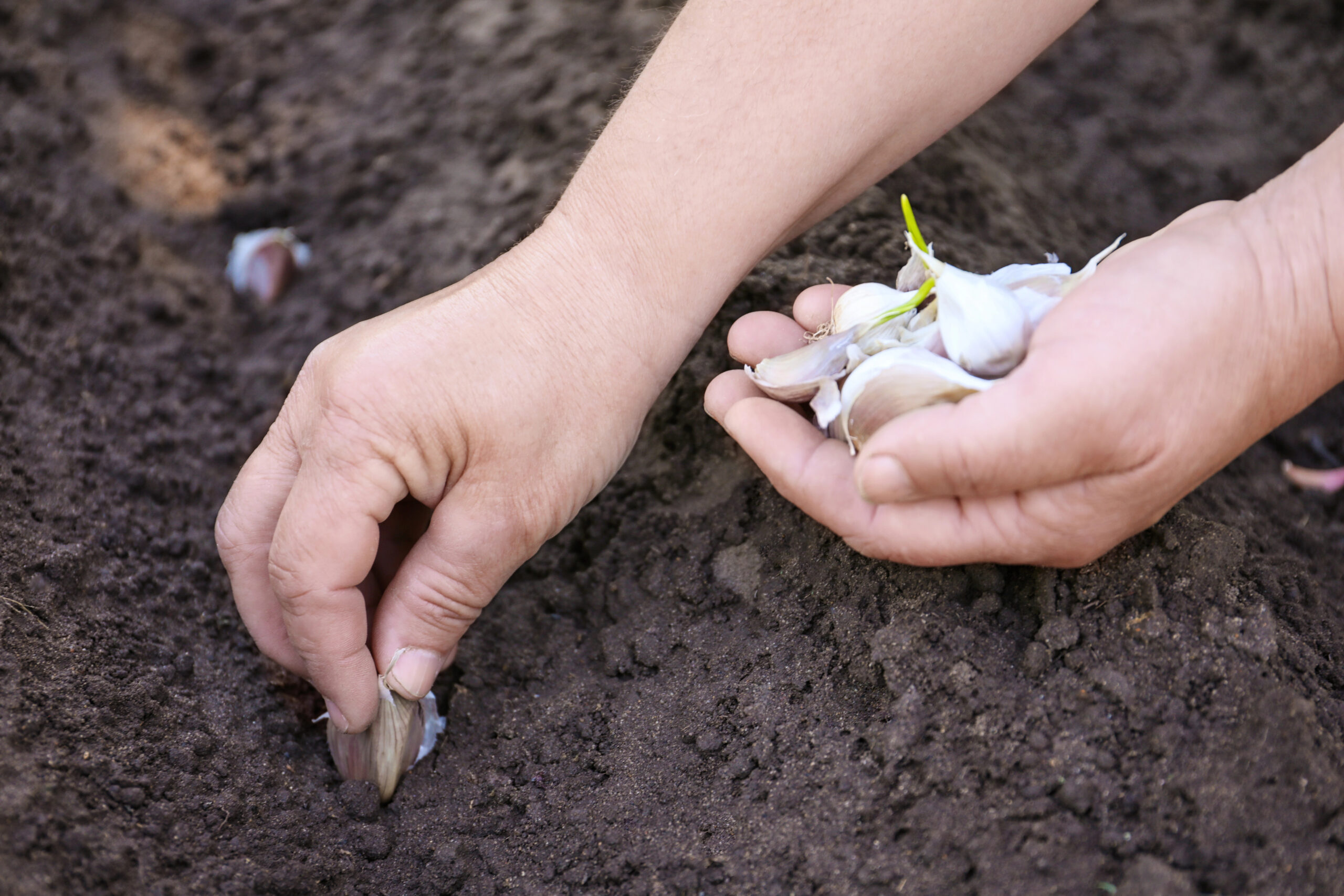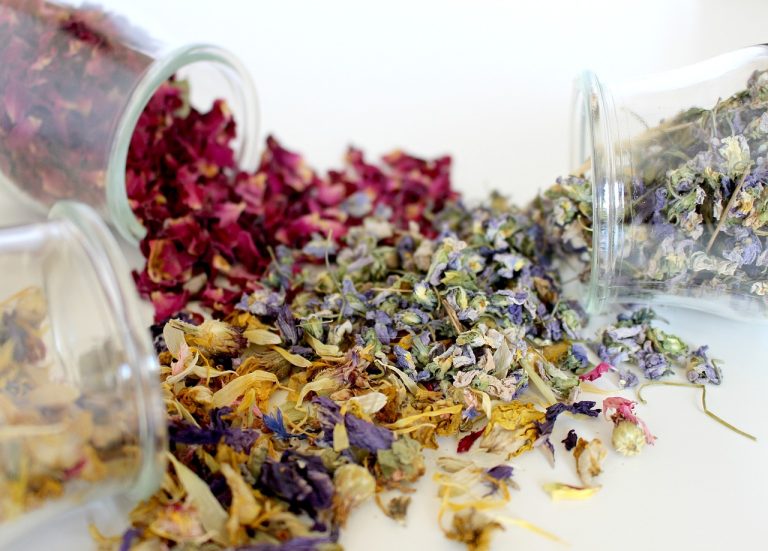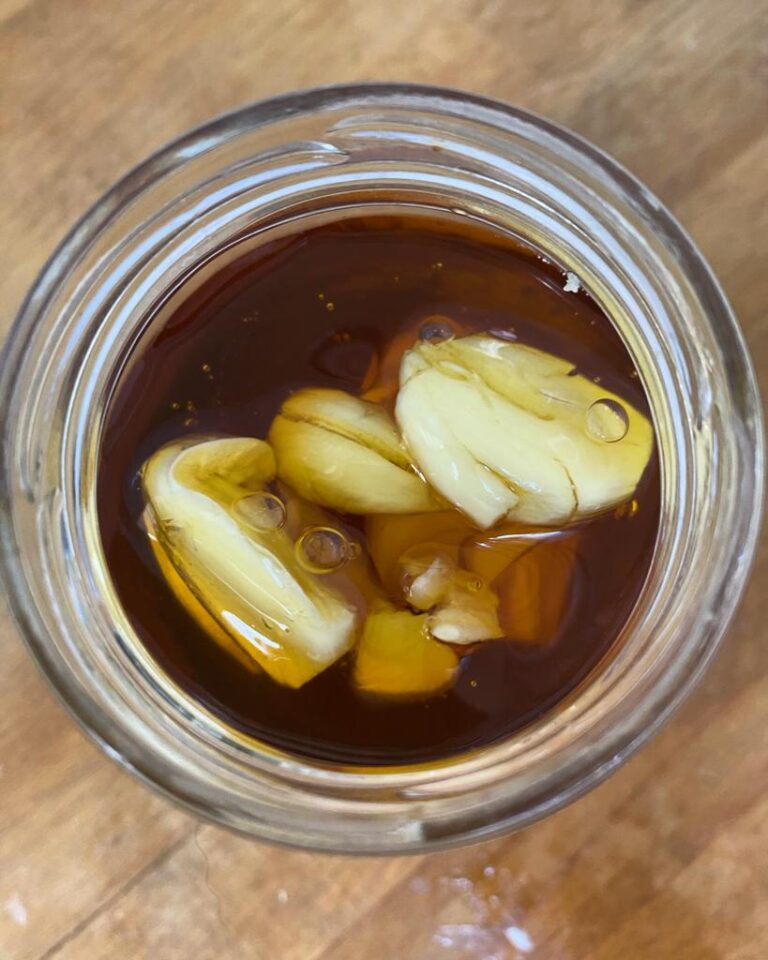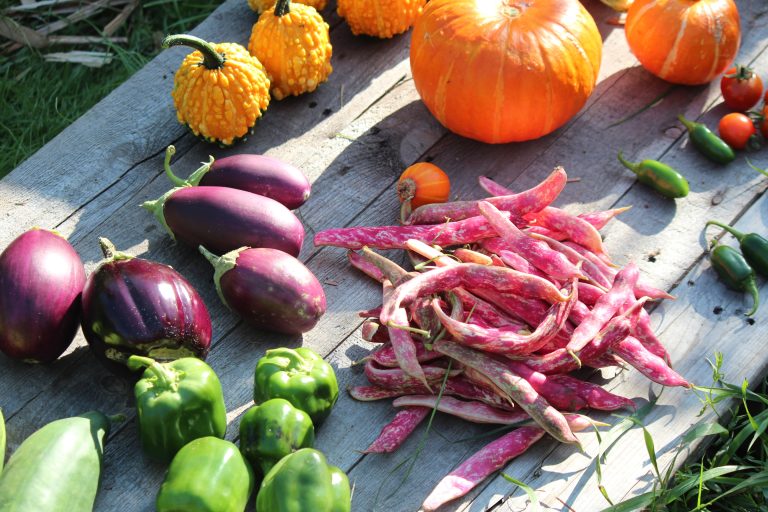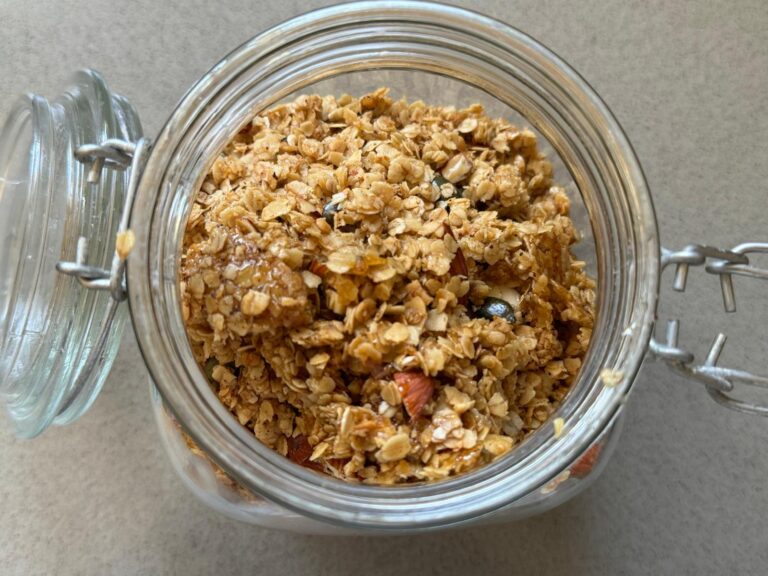The Ultimate Fall Planting Tips: Garlic and Other Bulbs
As the weather starts to cool down and the leaves begin to change colors, it’s the perfect time to start thinking about fall planting for a bountiful spring harvest. One of the key crops to consider planting in the fall is garlic, along with other fall bulbs. Not only does fall planting give your crops a head start for the upcoming growing season, but it also allows them to benefit from the winter chill, resulting in stronger and healthier plants. In this guide, we’ll explore the ultimate fall planting tips for garlic and other fall bulbs to help you achieve a successful spring harvest.
Why Plant in the Fall?
The practice of fall planting is grounded in several key advantages that benefit both the gardener and the garden. By choosing to plant garlic and other bulbs during the autumn months, you’re leveraging the natural cycles of growth to your advantage. The cooler temperatures allow the bulbs to establish their root systems without the stress of competing with the summer heat. This foundational growth is crucial, as it sets the stage for robust development when warmer weather returns. Additionally, the cold period experienced over winter is not merely endured by these plants but is actually required by many for a process known as vernalization. This process ensures that bulbs break dormancy in a timely manner, priming them for vigorous growth and blooming come spring. Planting in the fall, therefore, aligns gardening efforts with the natural predispositions of these plants, facilitating a more efficient and successful gardening season.
Choosing the Right Bulbs for Fall Planting
Selecting the correct bulbs for fall planting is essential to ensure your garden thrives come spring. Among the myriad options, garlic stands out for its versatility and ease of growth. When choosing garlic, consider the specific needs of your area; hardneck varieties fare well in colder climates due to their hardiness, while softneck varieties are preferable in milder regions for their longer shelf life. Beyond garlic, a plethora of bulb options awaits, such as the vibrant tulips, cheerful daffodils, delicate crocuses, and majestic alliums. Each of these brings its own unique burst of color and life to the spring garden. To source your bulbs, prioritize organic and locally sourced options. This not only supports local agriculture but also ensures you’re planting the highest quality bulbs that are acclimated to your region, increasing your chances of gardening success. Making the right selection is the first step towards a visually stunning and ecologically friendly garden that will awaken spectacularly after the winter’s slumber.
Preparing the Soil
To ensure the health and vitality of your fall-planted bulbs, initiating with soil preparation is key. Begin by conducting a soil pH test to gauge the acidity or alkalinity of your garden bed; this will help you understand the specific needs of your plants and adjust accordingly. Most bulbs thrive in a pH range of 6.0 to 7.0. Amend the soil with generous amounts of organic matter, such as compost or well-rotted manure, to boost nutrient levels and enhance soil structure. Good soil structure encourages root growth by improving aeration and water retention, factors crucial for the bulbs’ overwintering and subsequent spring performance. Additionally, focus on enhancing soil drainage, as bulbs are susceptible to rot in overly wet conditions. Incorporating organic material can also aid in this aspect, but for areas with particularly heavy soil, you may need to add sand or gravel to further facilitate drainage. Adequate soil preparation lays the groundwork for a vibrant spring display, creating a hospitable environment for your garlic and fall bulbs to flourish.
When and How to Plant Garlic
Timing is crucial for planting garlic; in most climates, the optimal window is between late September and November, just before the ground freezes. To get started, separate the garlic bulb into individual cloves, being careful not to damage the base where the roots grow. Each clove should be planted four to six inches apart in rows spaced about a foot apart to allow for ample growth. Dig holes or furrows about two inches deep for each clove. Position each clove in the hole with the pointy end facing upwards—this is where the shoots will emerge. Gently cover the cloves with soil and press down to eliminate air pockets, which can dry out the cloves. Following planting, apply a layer of mulch, such as straw or shredded leaves, to insulate the cloves over winter. This mulch layer helps regulate soil temperature, retains moisture, and suppresses weed growth, providing a conducive environment for garlic roots to establish before the onset of cold weather. Remember, the goal is to plant early enough that roots can form but late enough that the cloves don’t sprout above the soil before winter fully sets in.
Planting Other Fall Bulbs
For the successful planting of other fall bulbs such as tulips, daffodils, and crocuses, attention to detail is key. These bulbs generally require planting at depths three times the height of the bulb itself, with spacing varying according to size; smaller bulbs can be planted closer together, while larger ones need more room to flourish. Incorporate these alongside garlic in your garden for a diverse and visually appealing layout. Before planting, ensure that the area is clear of weeds and the soil is well-draining to prevent bulb rot. Gentle watering after planting will help settle the soil around the bulbs. As winter approaches, a layer of mulch can be applied to provide extra insulation against freezing temperatures, mimicking the protective blanket of nature. It’s also beneficial to label the planted areas not only to prevent disturbance during dormancy but also to anticipate the spring arrangement of colors and heights. By following these guidelines, your garden will be prepared to break into a symphony of colors come spring, creating a vibrant testament to the efforts invested during the fall.
Care and Maintenance Through Winter
Throughout the winter, it’s important to keep a vigilant eye on your garden’s condition, especially focusing on the health of your fall-planted bulbs. As temperatures plummet, one of your primary concerns should be ensuring the insulation of these bulbs with an appropriate mulch layer. Materials like straw or shredded leaves not only serve as a warm blanket for the bulbs but also contribute to moisture retention and weed suppression without encouraging rot. Be mindful of the balance between protection and over-insulation, which could lead to unseasonably early growth. Regular checks for signs of pest intrusion or disease outbreak are crucial during this dormant period. Any evidence of activity should be addressed immediately with eco-friendly solutions to prevent potential damage. It’s equally essential to resist the temptation to water the bulbs during winter unless you experience an unusually dry season. Overwatering can be detrimental, leading to bulb rot and fungal diseases. By adhering to these care and maintenance guidelines through winter, you are setting the stage for a healthy and vibrant spring awakening in your garden.
Spring Harvest and Bloom
As the chill of winter gives way to warmer days, your garden begins to stir with life, signaling the arrival of harvesting and blooming season. Garlic will show signs of readiness when its tops turn yellow and begin to fall over. Gently unearth the bulbs with care to avoid bruising. This period is also a celebration of the vibrant blooms from tulips, daffodils, crocuses, and alliums planted in the fall. These floral displays not only add a splash of color but also attract beneficial pollinators to your garden. It’s important to monitor the moisture level in the soil as spring rains can vary; too much moisture might harm the bulbs. As you gather your garlic and admire the blooms, reflect on the preparation and care taken in the previous months. This is the moment your garden showcases the full circle of life, from planting to bloom and harvest, illustrating the rewarding cycle of gardening.
Sustainable Practices for Fall Planting
Embracing sustainability during the fall planting season can significantly impact both your garden’s health and the environment. Opt for straw or leaf mulch to not only safeguard your bulbs through winter but also to naturally enrich the soil as it breaks down. These materials, being biodegradable, contribute to a cycle of nourishment and growth without the adverse effects associated with synthetic mulches. In the realm of pest management, leaning towards organic solutions helps preserve beneficial insect populations and prevents the introduction of toxins into your ecosystem. Whether it’s introducing beneficial nematodes to combat soil-dwelling pests or employing barriers to protect young shoots, natural remedies are both effective and environmentally sound. Additionally, collecting and utilizing rainwater for watering needs aligns with sustainable gardening principles by minimizing water use and harnessing natural resources. Such practices not only reduce your garden’s carbon footprint but also foster a vibrant, healthy habitat conducive to growth and productivity. Adopting these sustainable measures during fall planting underscores a commitment to ecological stewardship and the promotion of a more sustainable gardening practice.
